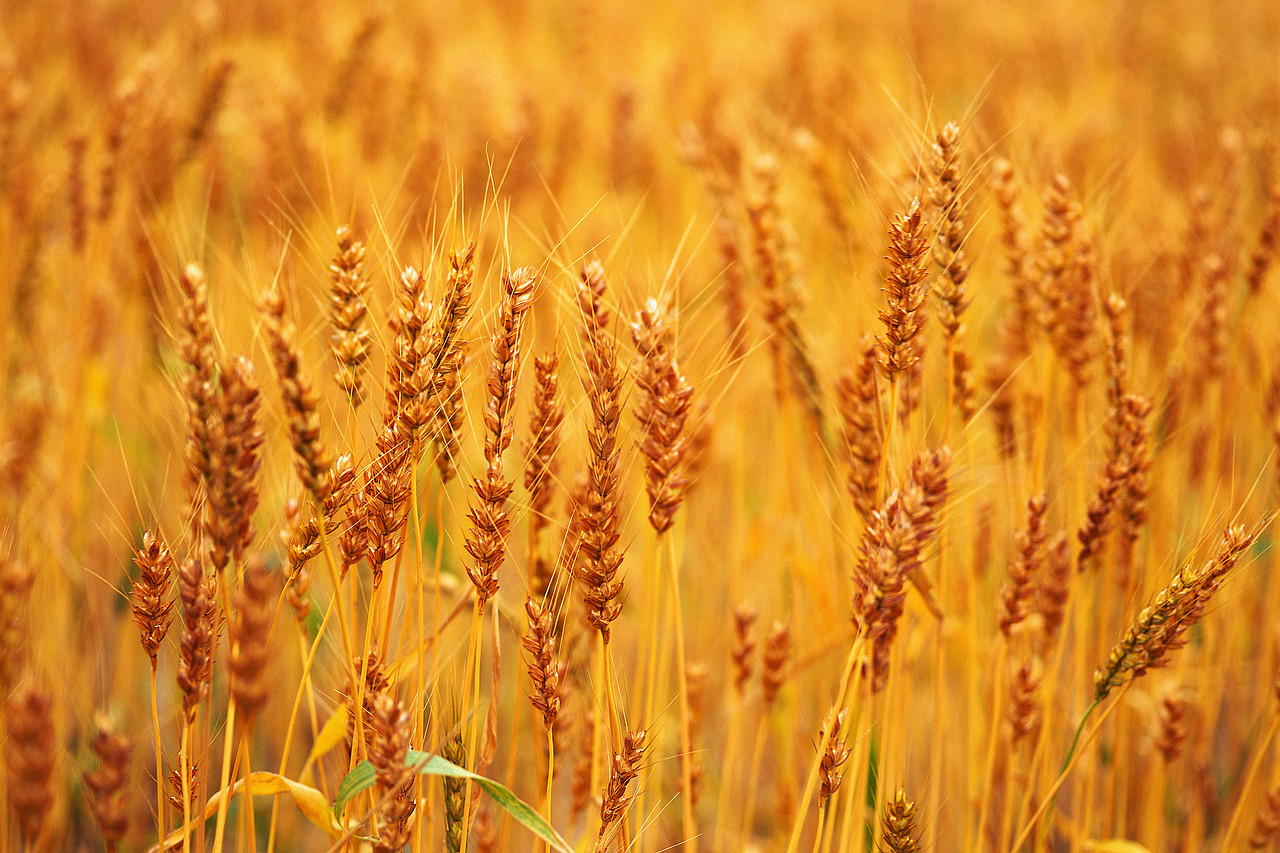Australia - Frost and hay wipes four million tonne of grain
28.09.2018 956 views
ScaleAgData Stakeholder Engagement Event
22.10.2024The ScaleAgData project is pleased to invite you to our second stakeholder event. Building on the discussions and connections formed during our first webinar, this event will focus on fostering collaboration among stakeholders, providing updates on our project’s progress, and outlining future opportunities for engagement.

Mozambique’s forests under threat: Shifting agriculture and wildfires drive tree cover loss
Mozambique has witnessed a significant decline in its tree cover over the years, with shifting agriculture being the predominant driver.

Canada - Ontario Investing $41 Million in Agricultural Research Infrastructure
The Ontario government is investing over $41 million over the next four years to build and revitalize Agricultural Research and Innovation Ontario (ARIO) infrastructure.

European Union signs new fisheries protocol with São Tomé and Príncipe
The European Union and São Tomé and Príncipe have signed a new fisheries protocol that will allow EU vessels to continue harvesting fish from the latter’s territorial waters.

USA - Cargill donates $1 million to K-State Agriculture Innovation Initiative
Cargill’s donation of $1 million to the Kansas State University Agriculture Innovation Initiative brings the university one step closer to meeting its $210 million goal.

Saskatchewan looks to expand trade in Indonesia
Saskatchewan intends to increase its agricultural partnership with Indonesia.

Philippines - Over 600k hit by Cebu quake, ‘Paolo’ agriculture losses at P105.39m
More than 600,000 people across northern Cebu have been affected by the magnitude 6.9 earthquake that struck the province last week, according to the latest situation report of the National Disaster Risk Reduction and Management Council (NDRRMC).

Indonesia's shrimp industry suffering after radioactive case, association says
Indonesia's shrimp industry suffered a 30-35 per cent drop in processing absorption after a radioactive contamination was detected in a batch of shrimp shipped to the US in August, the country's shrimp farmers' association said on Friday.

Nigeria - Fintiri Administration Boosts Agriculture with Tractors and Fertilizer Support for Dry Season Farming
Governor Ahmadu Umaru Fintiri’s administration has announced plans to strengthen agricultural production in Adamawa State through the purchase of 22 Massey Ferguson tractors and the allocation of ₦1.9 billion for fertilizer procurement to support dry season farming.




